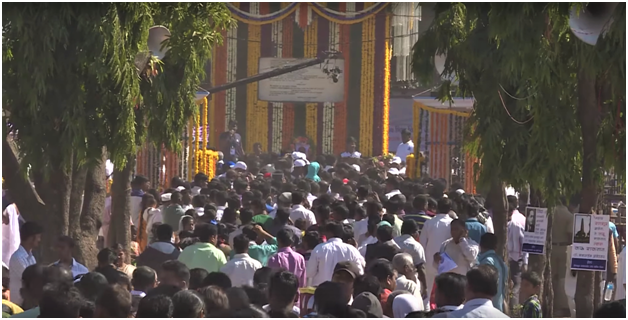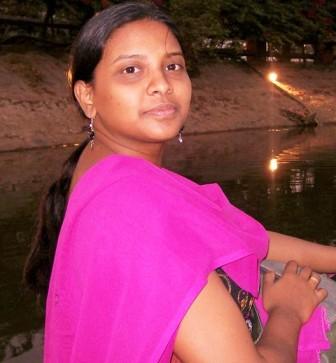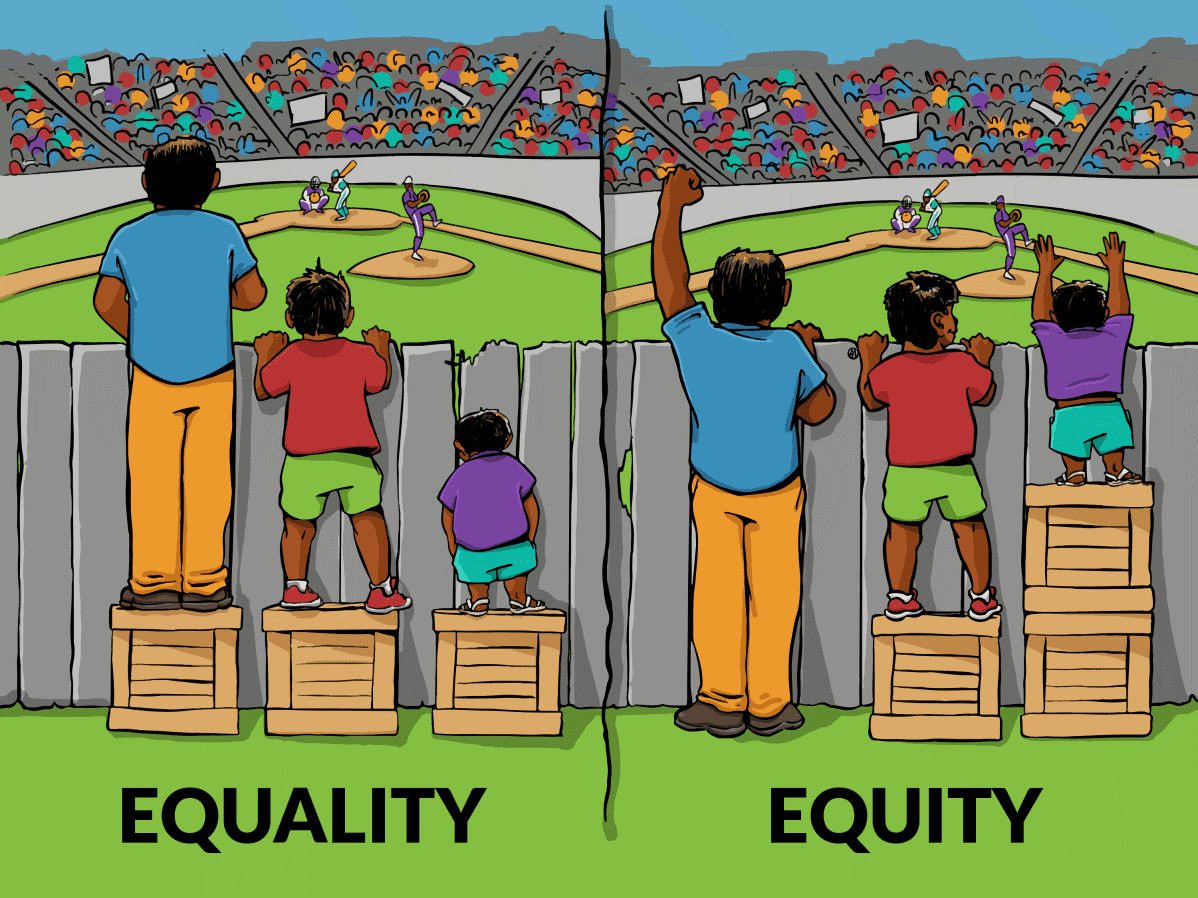Amarnath Sandipamu
In January of 2017, at the screening of my film Bommalollu – The Puppeteers in Bangalore, Karthik Navayan, who then worked at Amnesty, introduced me to a young man as an apprentice at his organisation. He said he was interested in filmmaking and was enthusiastically happy about meeting me and another friend Rohan Arthur who organised the screening in his apartment community hall. He was full of questions about me, my body of work and my politics. When asked about him, he said he was working on a film on Bhima Koregoan. And today Somnath Waghmare is known as the filmmaker who etched out the memory of the great battle of the Mahars of Pune in his committed debut The Battle of Bhima Koregoan: An Unending Journey.

A Narrative Celebrating Pride
On the first day of every year, lakhs of people throng a lesser-known memorial site near Pune, making it seem like a carnival. Locating the film in this carnival-like atmosphere, Somnath opens the film on the Samata Sainik Dal street performance raising Jai Bhim slogans, setting a celebratory tone to the film’s narrative capturing the energy around the Bhima Koregoan Victory pillar. While we see glimpses of women, men, children rushing to the gathering, the flowers-adorned victory pillar is shown standing tall in the background of Buddhist chants.
Striking conversations with people attending the celebrations at the memorial site, the film tries to understand what brings people from different corners of the country. In a country where only religion or a film star can attract such huge gatherings, the event is neither religious nor does it have any film star at the center promising entertainment. Instead, we encounter people talking about the constitution, equal rights and the words of great leaders like Jotirao Phule, Savitribai, Dr Ambedkar and others. Perhaps that’s what makes it a unique festival – a festival celebrating pride, quality and human dignity.

Memory As Political Tool
Interspersed with the subject experts sharing their views on the historic event, Somnath explores the story of the Battle, the social oppression of the Peshwas on the untouchables that fueled the spirit of the Mahar Regiment and probes why the mainstream media doesn’t cover the event in its national imagination.
As the narrative unveils itself with a focus contextualising history in the contemporary socio-political situation in India, it invokes memory and revisits the event, recounting how the 500 Mahars fought against impossible odds, decimating the 28,000 strong Peshwa army in the Battle of Koregoan on the 1st of January 1818. It’s wonderful to see the retired soldiers of the Mahar Regiment paying respects at the Koregaon Memorial obelisk with an official salutation. During this moment in the narrative, it gets emphatically etched out that the Battle is no folklore but a recorded event in history. Further, through Dr Yashwant Thorat, the narrative underlines the political intention of Dr Ambedkar in making the memory a matter of pride for the Mahars and the opppressed Dalit-Bahujan at large.
A Cinematic Achievement
I am watching it almost the third time today, before writing this article, and perhaps what makes the film fresh each time you revisit it is the well-structured narrative. Somnath and editor Deepu seem to seem to share a great collaborative dynamic as the film effortlessly flows carrying the narrative loaded with historic details and primarily locating it in one site of the celebration, the Koregoan Memorial.

Somnath is an instinctively good with his camera movements. Though he is mostly operating a hand-held camera, he ensures that it goes by the rhythm and energy of the moment in the narrative, than blindly pan from left to right like news reportage. Especially the way he has captured the street performances with all their rhythm in such noise and chaos is quite marvellous.
The Samata Sainik Dal performance envelopes the structure of the film with a captivating opening and a thumping closing while they appear in regular intervals throughout the film. It must be noticed that Deepu works purely with cuts and as a filmmaker who edits his own films, I understand what goes into it. Besides the discipline of respecting the cinematic medium, some of the cuts enhance the narrative further and evoke political urgency. A marked instance is the closing of the film, where you linger on a child on his father’s shoulders and Deepu fades out while the child looks into the camera. Now that’s quite a cinematic sign off for an intense collaboration.
Perhaps there’s no better film to watch on the first day of the new decade as we enter 2020. Watch it to remind ourselves about who the villain is in the politics of India. More than anything else, watch it for the celebration and pride.

P.S: Wait for the goosebumps when Shahir Rajendra Kamble performs, narrating the victory tale midway in the film; and Bhadant Dhyanajyoti Thero’s arresting speech towards the end saying how Brahmanism is taking over the democratic fabric of our society.
Watch the film here: https://www.youtube.com/watch?v=PDw43hJf_IY
The Battle of Bhima Koregaon – 50 min, 2017, Marathi, English Subtitles
Presented by: Pedestrian Pictures
Editor: Deepu (Pradeep K P)
Direction and Camera: Somnath Waghmare
~~~
Amar is an independent filmmaker-writer. He writes and shares details on his work at amarnathsandipamu.wordpress.com










